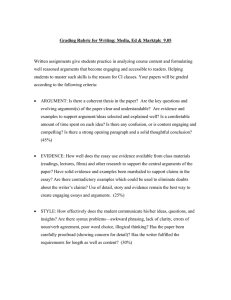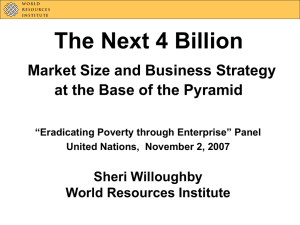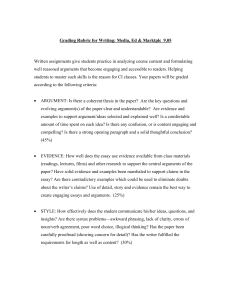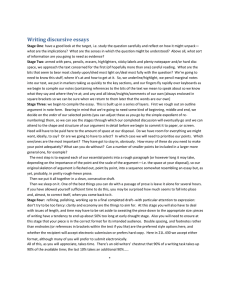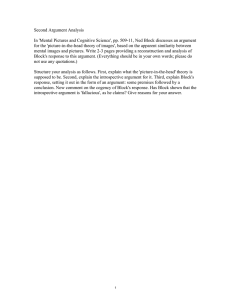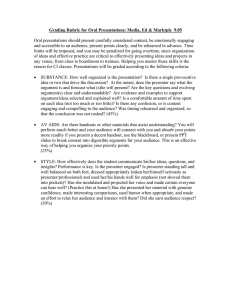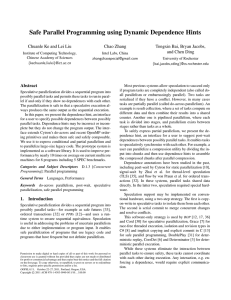21G.034 / CMS.930 Media, Education, and the Marketplace Prof. Shigeru Miyagawa
advertisement
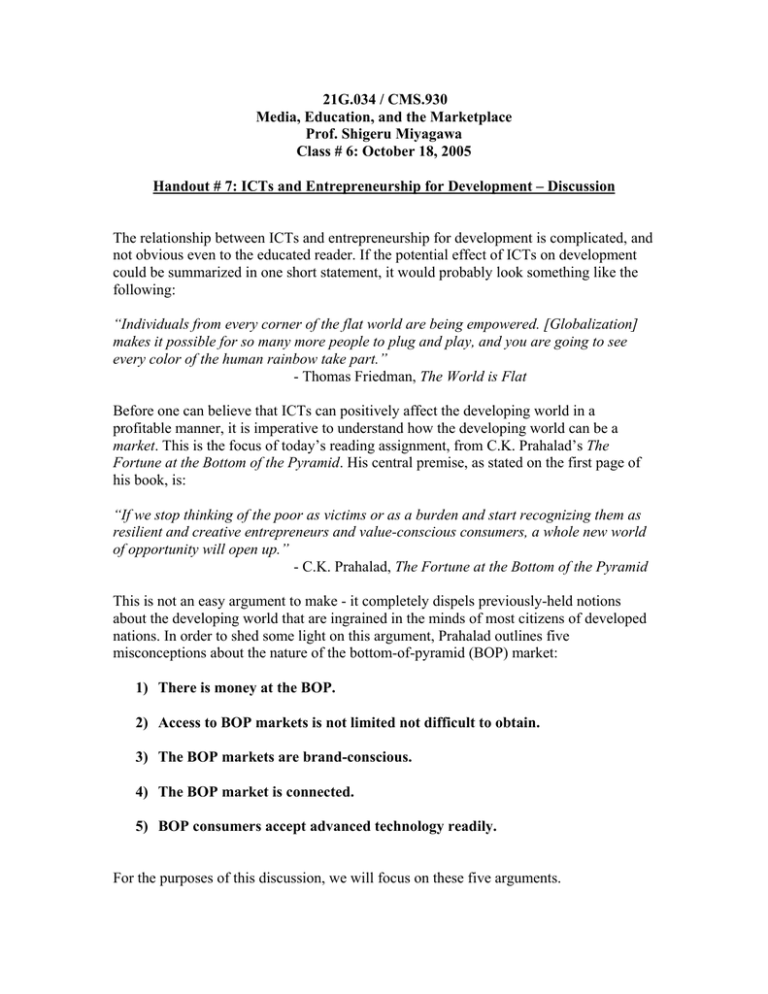
21G.034 / CMS.930 Media, Education, and the Marketplace Prof. Shigeru Miyagawa Class # 6: October 18, 2005 Handout # 7: ICTs and Entrepreneurship for Development – Discussion The relationship between ICTs and entrepreneurship for development is complicated, and not obvious even to the educated reader. If the potential effect of ICTs on development could be summarized in one short statement, it would probably look something like the following: “Individuals from every corner of the flat world are being empowered. [Globalization] makes it possible for so many more people to plug and play, and you are going to see every color of the human rainbow take part.” - Thomas Friedman, The World is Flat Before one can believe that ICTs can positively affect the developing world in a profitable manner, it is imperative to understand how the developing world can be a market. This is the focus of today’s reading assignment, from C.K. Prahalad’s The Fortune at the Bottom of the Pyramid. His central premise, as stated on the first page of his book, is: “If we stop thinking of the poor as victims or as a burden and start recognizing them as resilient and creative entrepreneurs and value-conscious consumers, a whole new world of opportunity will open up.” - C.K. Prahalad, The Fortune at the Bottom of the Pyramid This is not an easy argument to make - it completely dispels previously-held notions about the developing world that are ingrained in the minds of most citizens of developed nations. In order to shed some light on this argument, Prahalad outlines five misconceptions about the nature of the bottom-of-pyramid (BOP) market: 1) There is money at the BOP. 2) Access to BOP markets is not limited not difficult to obtain. 3) The BOP markets are brand-conscious. 4) The BOP market is connected. 5) BOP consumers accept advanced technology readily. For the purposes of this discussion, we will focus on these five arguments. Discussion Assignment: 1) Break up into groups of 2-3 students and re-read the section of the reading that relates to your topic. 2) Your goal is to draft one paragraph (no more than 4 sentences) supporting your argument based on the reading. Please choose your sentences carefully – you don’t have that much real estate! 3) Choose one student in the group to convince the rest of the class that your argument is true. This student will have 1 minute to do so, and can not read directly from the group’s paragraph. 4) Finally, put yourselves in the position of someone listening to this argument. What is one question you would ask to attack the validity of this argument? We will review everyone’s results in class. 2 MIT OpenCourseWare http://ocw.mit.edu 21G.034 / CMS.930 Media Education and the Marketplace Fall 2005 For information about citing these materials or our Terms of Use, visit: http://ocw.mit.edu/terms.
